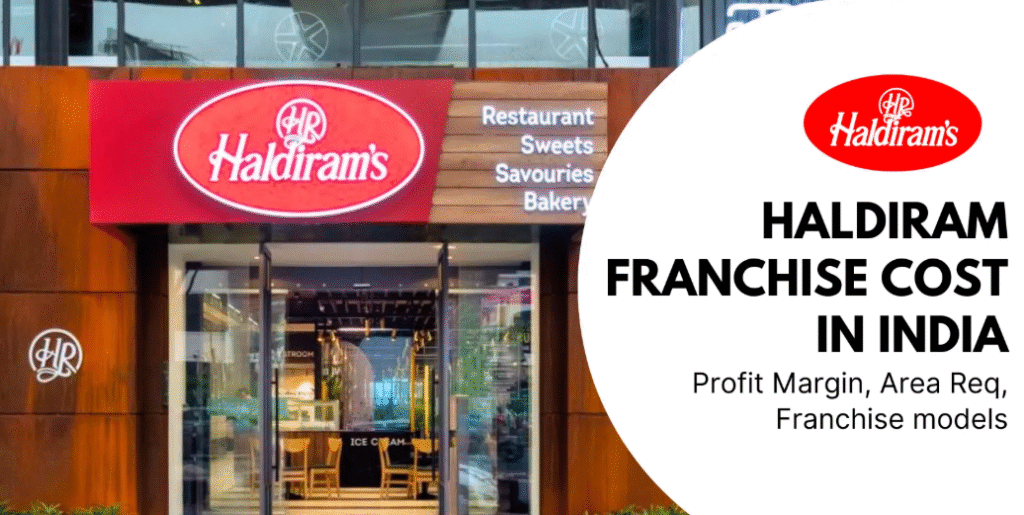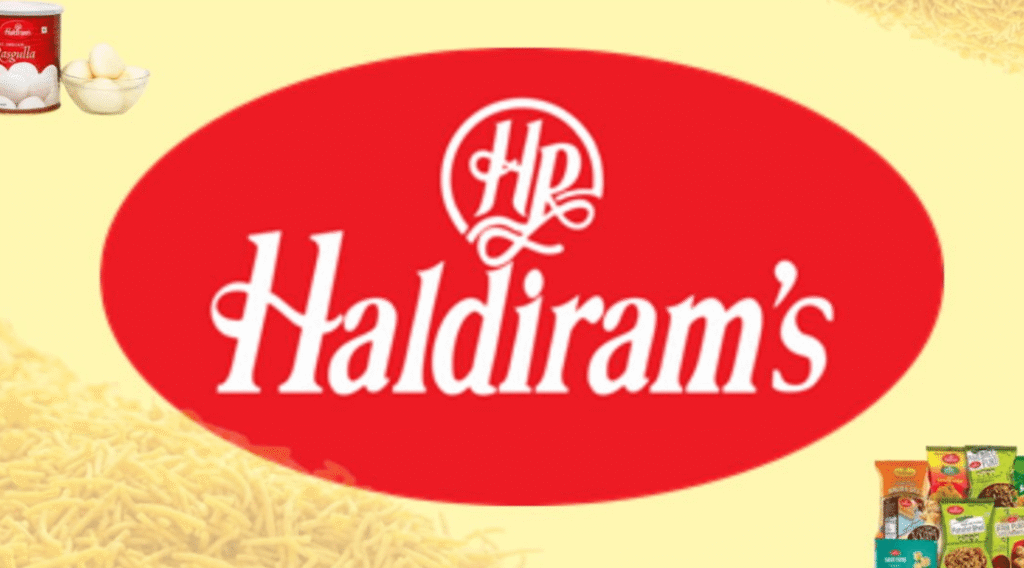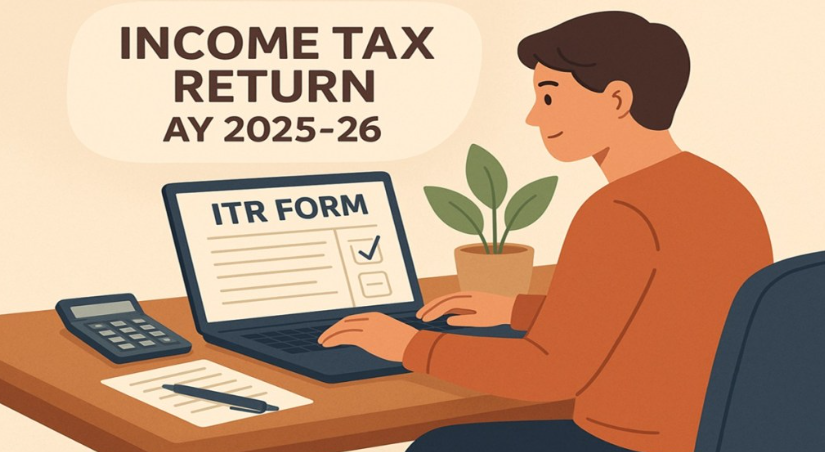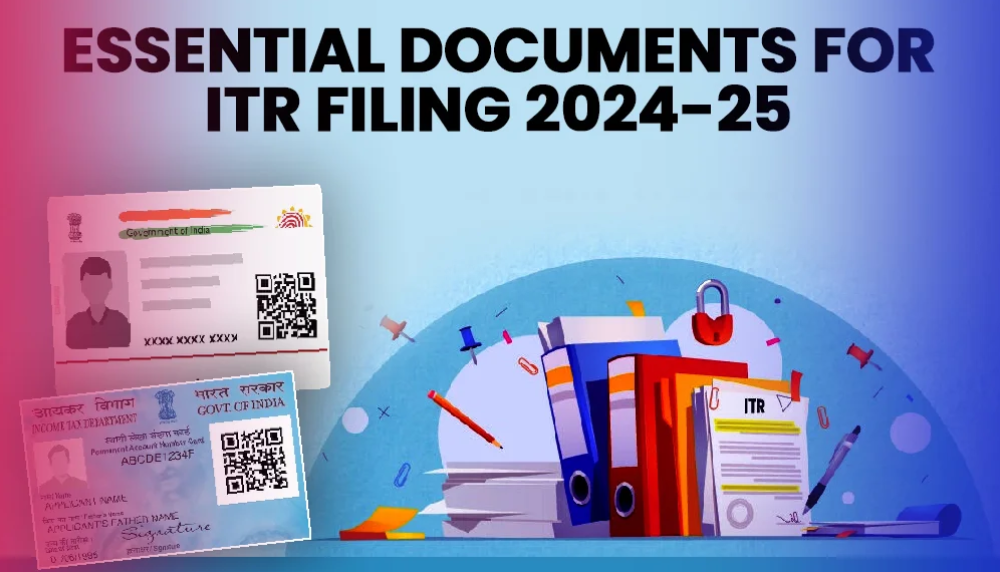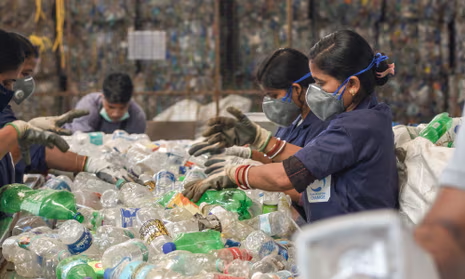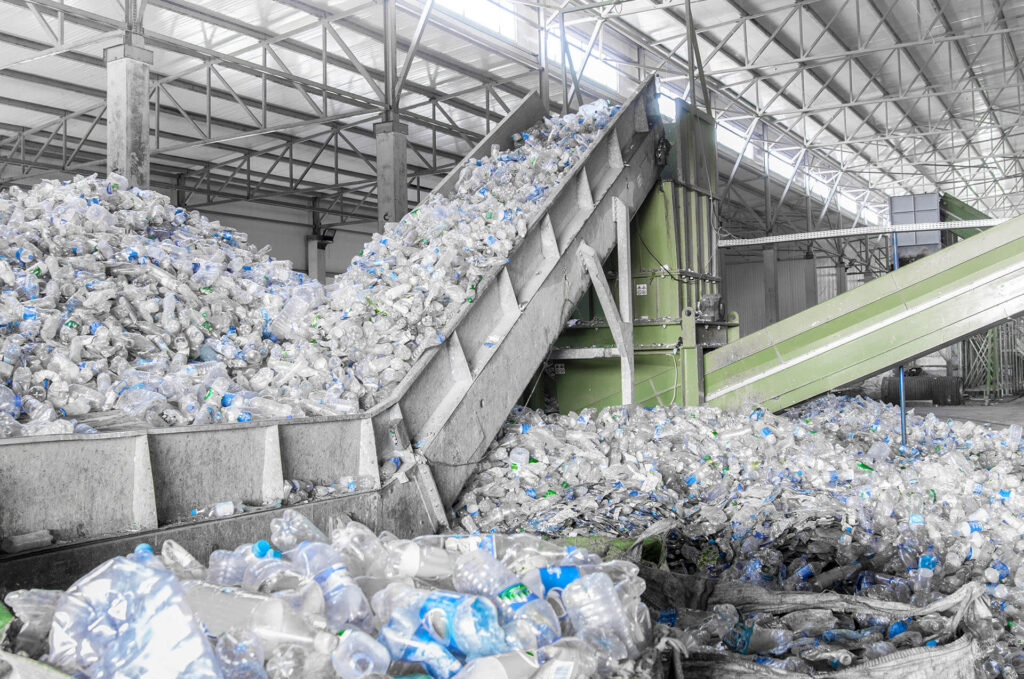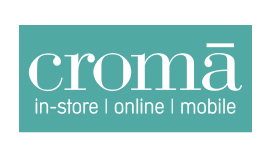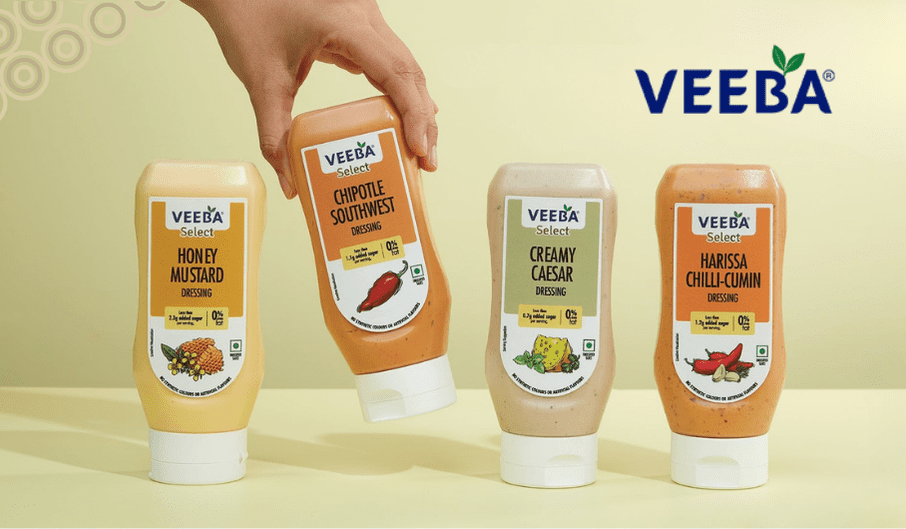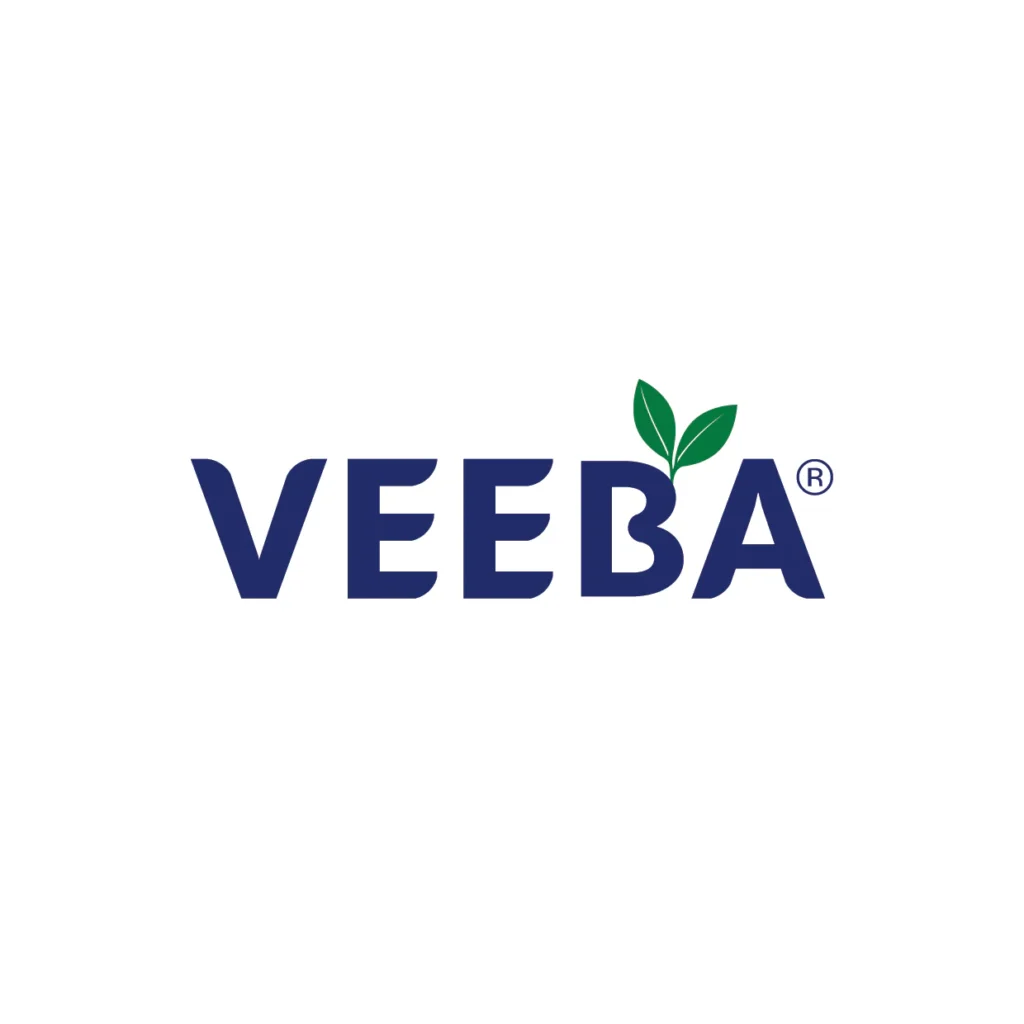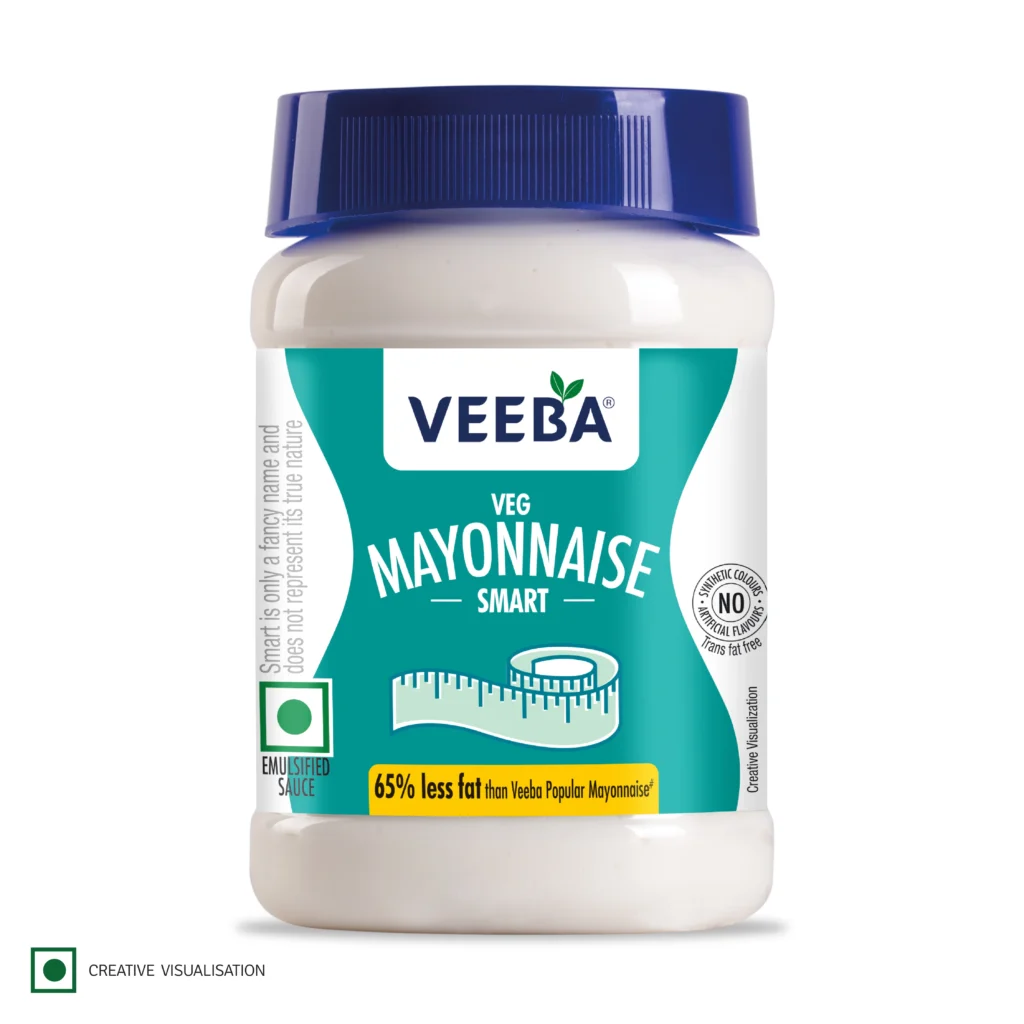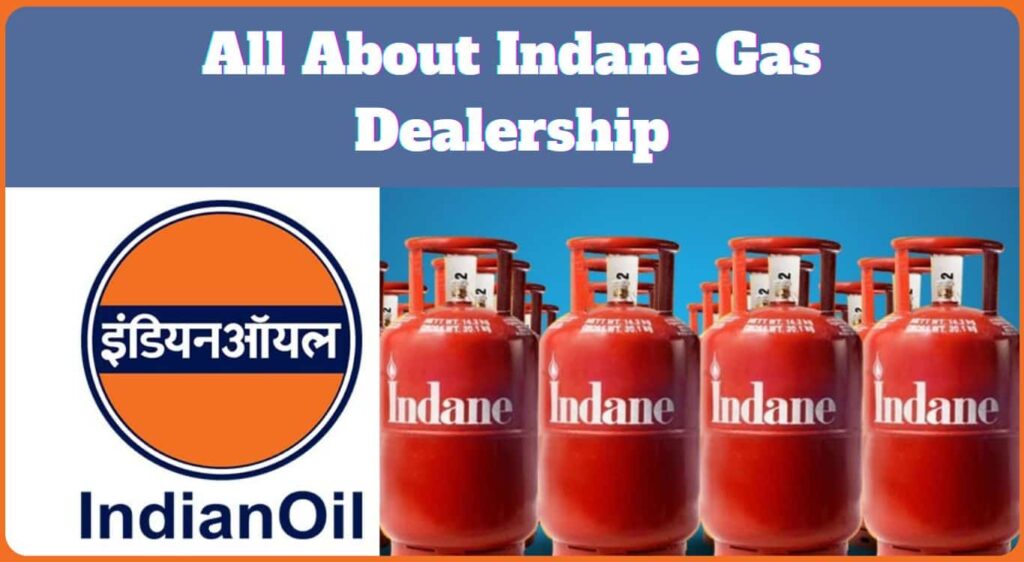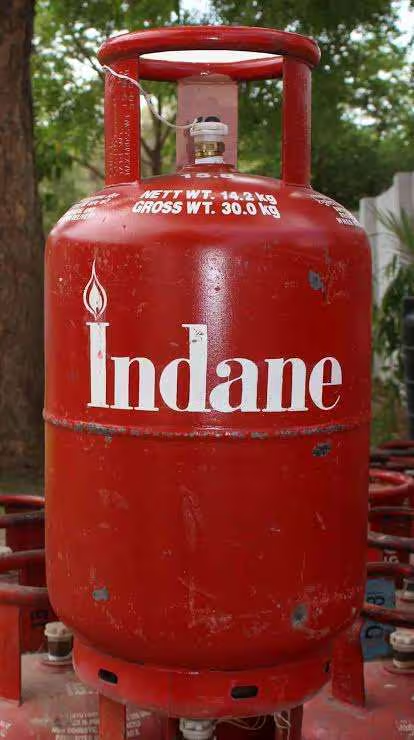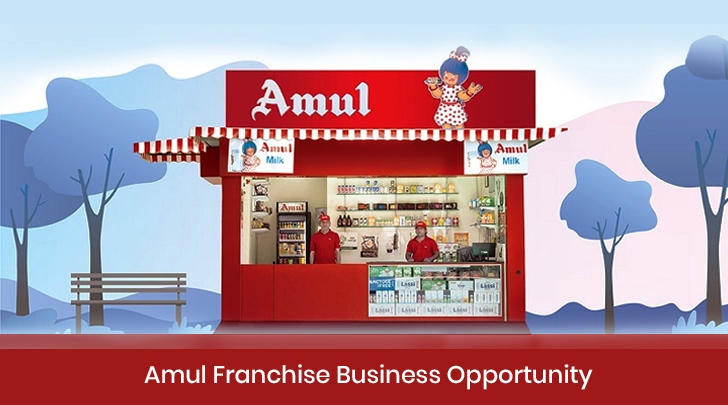
1. Early Life & Entrepreneurial Spark
- Born in July 1997 in Indore, Madhya Pradesh.
- At age 16, borrowed ₹10,000 from his father to launch his own brand, Jadugar Drop, a dishwashing liquid.
- Plugged into family business, Shamani Industries, helping scale revenue from ₹90 lakh to ₹9 crore in just 24 months.
2. Scaling & Diversification
- Expanded Shamani Industries to ₹200 crore turnover and over 25 distributors across 10+ states.
- Ventured into tech and media with House of X—a creator-focused platform—and Figuring Out Academy, an ed‑tech startup for first-time entrepreneurs.
3. Podcaster, Creator & Public Speaker
- Launched the “Figuring Out” podcast and YouTube channel, interviewing business leaders and celebrities. His channels garnered staggering 2+ billion views in 2024.
- Delivered 200+ speeches across 26 countries, including prominent stages like TEDx and the UN in Vienna.
4. Monetization & Strategy
- Embraces a “Value over Views” content philosophy, balancing data analytics with meaningful insights.
- Diverse income streams include:
- YouTube AdSense (~10%)
- Brand sponsorships (~30%)
- One-time and long-term brand deals (50%)
- Paid podcast content (~10%)
- Equity in startups via promotional support.
5. Net Worth & Assets
- Estimated net worth: ~$11 million (₹91 crore) as of 2024.
- Monthly income: ~₹1 crore; yearly: ~₹12–15 crore.
- Investments include real estate, stocks, and early-stage startups.
6. Philosophy & Impact
- Attributes success to authenticity, hustle, and obsession. Believes in making “The Indian Dream” a reality.
- Advises focused action: tackle one problem with urgency before moving on.
- His philanthropic initiatives include Auntypreneur, empowering women entrepreneurs in low-income communities.
Why His Journey Inspires
| Phase | Key Takeaway |
|---|---|
| Bootstrapping at 16 | Shows how limited funds and audacity can spark an empire. |
| Scaling family business | Combining fresh vision with legacy helped grow exponentially. |
| Digital domination | Authentic, value-driven content leads to massive influence. |
| Diversified revenue | Multiple income streams make financial foundations robust. |
Conclusion
Raj Shamani’s trajectory—from a ₹10,000 startup to a ₹91 crore empire—is a testament to vision, grit, and adaptability. Young, bold, and eternally hustling, he continues to shape India’s entrepreneurial spirit through his ventures, content, and community-building efforts.
